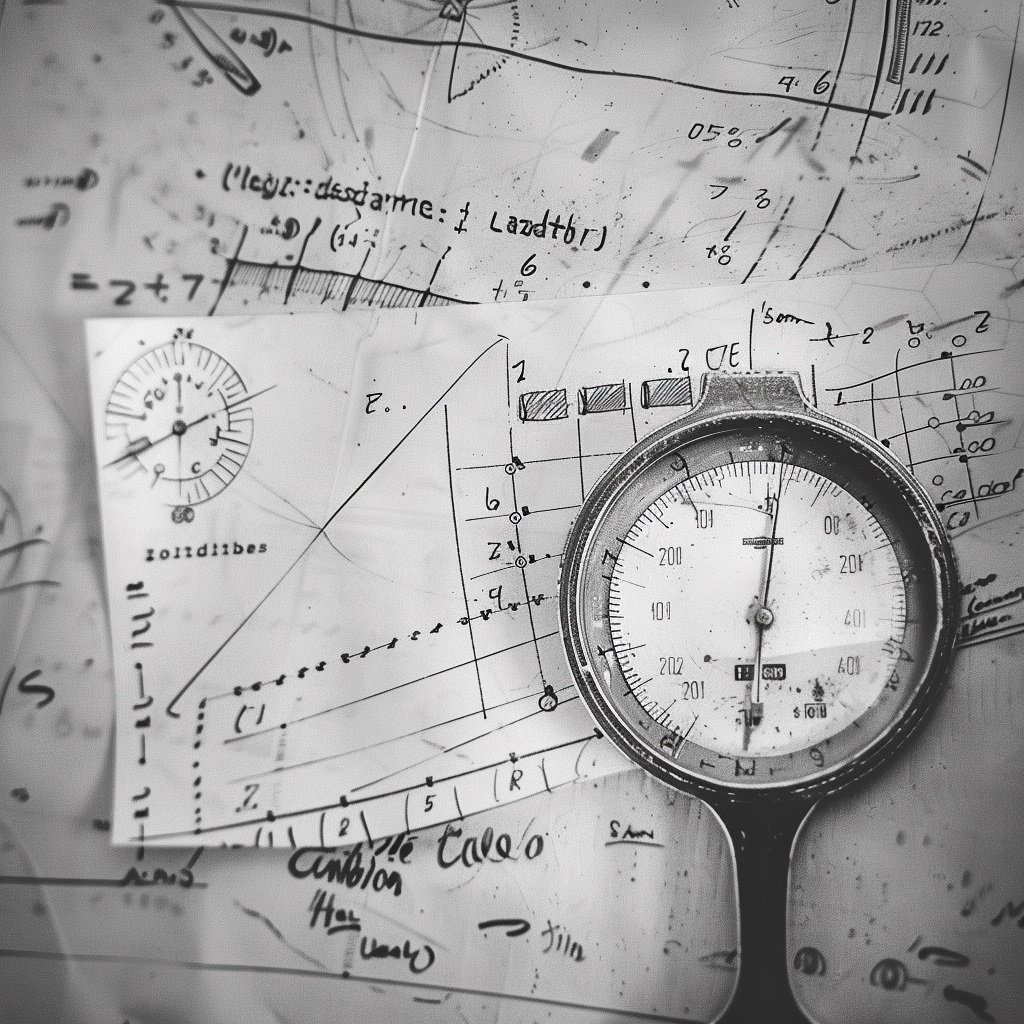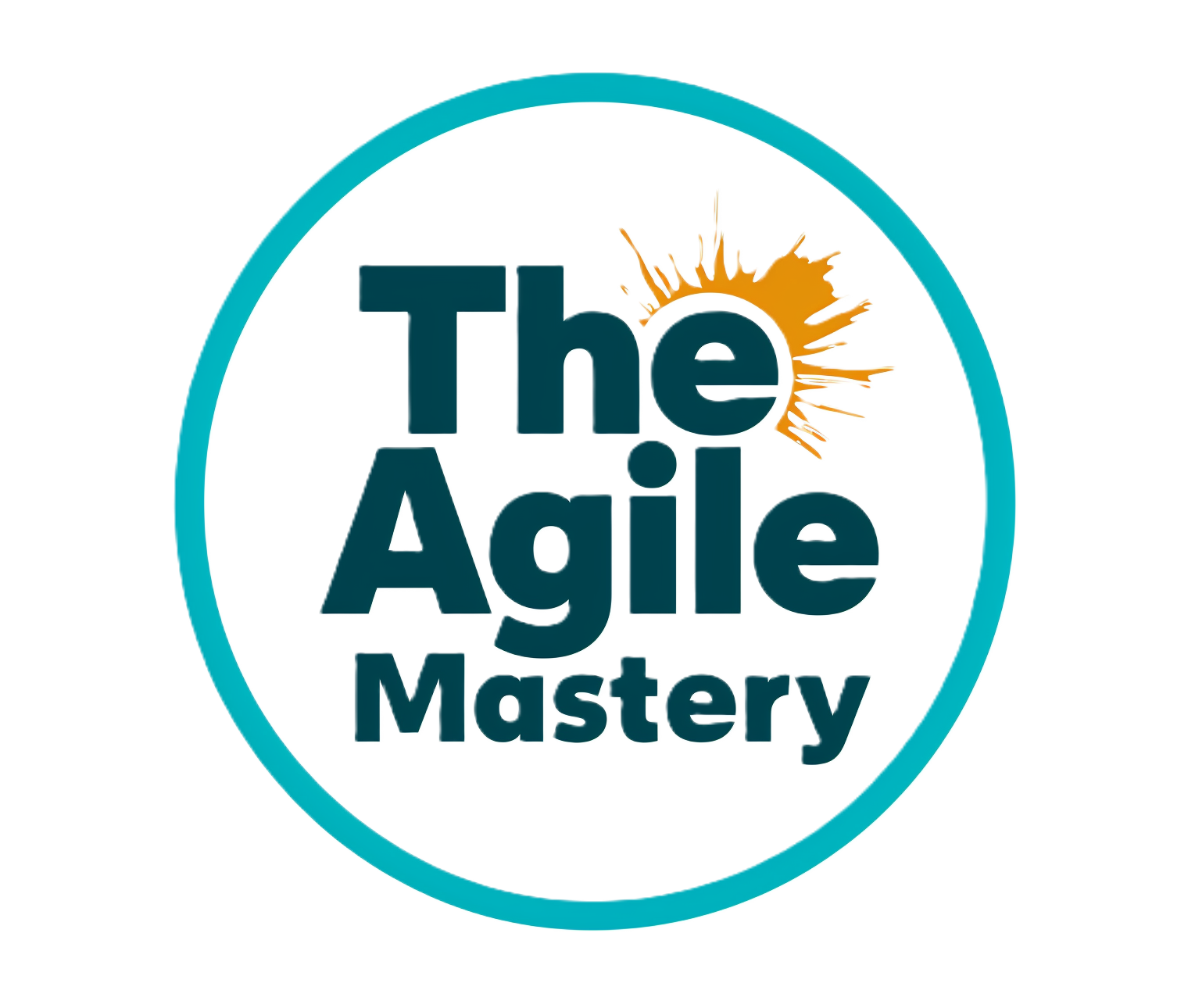A Comprehensive Guide to Estimation in Agile
In Agile development (and Scrum in particular), accurate estimation is important for effective planning and delivery. Estimation helps teams predict how much work can be accomplished within a given timeframe and aids in prioritizing tasks. This guide will lead through the various methods and techniques used in Agile estimation, providing a comprehensive overview with practical examples.

Methods of Estimation
Agile teams can estimate work using various methods, each with its advantages and appropriate use cases. The three most common methods are Story Points, T-Shirt Sizes, and Time-Based Estimation.
- Story Points
- Definition: Story points are a unit of measure for expressing the overall effort required to implement a user story. They are relative and typically based on factors such as complexity, risk, and effort. For Story Points estimation we usually use the Fibonacci sequence
- Usage: Story points help teams focus on the relative size of tasks rather than absolute time, promoting more accurate and consistent estimates.
- Example: A team might estimate a simple login feature as 2 story points, while a more complex reporting feature might be 8 story points.
- T-Shirt Sizes
- Definition: T-shirt size estimation categorizes tasks into sizes such as XS, S, M, L, XL, and XXL, representing the effort required.
- Usage: This method is useful for high-level estimations and initial planning phases when detailed information is not yet available.
- Example: Adding a new button might be an S (Small), developing a new module could be an L (Large), and a major system overhaul might be an XXL.
- Time-Based Estimation
- Definition: Time-based estimation involves predicting the amount of time (hours or days) required to complete a task.
- Usage: This method is more intuitive but can be less reliable due to the variability in individual productivity and unforeseen challenges.
- Example: A developer might estimate that fixing a bug will take 3 hours, while implementing a new feature might take 5 days.
Techniques for Estimation
There are several techniques Agile teams use to perform estimations. These techniques help ensure that estimates are accurate, involve the whole team, and take multiple perspectives into account.
- Planning Poker
- Definition: Planning Poker, also known as Scrum Poker, is a consensus-based estimation technique. Team members use cards with numbers representing story points to estimate the effort required for each task.
- Process:
- The product owner or team member presents a user story to the team.
- Each team member selects a card privately.
- All cards are revealed simultaneously.
- If estimates vary, the team discusses the differences and re-estimates until a consensus is reached.
- Example: For a user story about implementing a search feature, one team member might choose 3 points, while another chooses 8. After discussing the reasons and comparing it to already delivered, similiar items, they agree on a final estimate of 5 points.
- Affinity Estimation
- Definition: Affinity estimation involves grouping user stories based on their relative size. The team categorizes the stories into groups such as small, medium, and large.
- Process:
- The team reviews each user story.
- Stories are grouped into categories based on their estimated effort.
- Adjustments are made as necessary after discussion.
- Example: A team might quickly sort user stories into three groups. They later refine these groups to ensure consistency and accuracy.
- T-Shirt Sizing
- Definition: T-shirt sizing is a quick estimation method where tasks are assigned sizes such as XS, S, M, L, XL, and XXL.
- Process:
- The team reviews user stories.
- Each story is assigned a T-shirt size based on the perceived effort.
- Example: Adding a new page to a website might be an M (Medium), while a complete redesign of the website could be an XXL.
- Three-Point Estimation
- Definition: Three-point estimation uses three values to define an estimate: the optimistic (O), pessimistic (P), and most likely (M) estimates.
- Formula: The final estimate is calculated using the formula: (O+4M+P)/6
- Example: For a user story, a developer might estimate:
- Optimistic (O): 2 days
- Pessimistic (P): 10 days
- Most Likely (M): 5 days
- Final estimate: (2+4∗5+10)/6 = 5.33 days
- Bucket System
- Definition: The bucket system is a collaborative estimation method where team members place tasks into predefined buckets representing different effort levels.
- Process:
- The team sets up buckets (e.g., 1 point, 2 points, 3 points, etc.).
- Team members place tasks into these buckets based on their perceived effort.
- Discussions and adjustments are made as necessary.
- Example: A task might initially be placed in the 5-point bucket, but after discussion, it is moved to the 8-point bucket due to its complexity when compared to other in the same bucket.
Estimation Best Practices
- Involve the Whole Team: Estimations should be a team activity to leverage diverse perspectives and expertise.
- Use Historical Data: Refer to past sprints and completed tasks to inform your estimates.
- Break Down Large Tasks: If a task is too large or complex, break it down into smaller, more manageable pieces for more accurate estimation.
- Regularly Review and Adjust: Continuously review and adjust estimates based on new information and feedback.
- Prioritize Accuracy Over Precision: Aim for realistic and achievable estimates rather than overly precise ones.
Conclusion
Effective estimation is a cornerstone of successful Agile development. By using methods such as Story Points, T-Shirt Sizes, and Time-Based Estimation, and techniques like Planning Poker, Affinity Estimation, T-Shirt Sizing, Three-Point Estimation, and the Bucket System, Agile teams can improve their planning, resource allocation, and delivery predictability. Involving the entire team, leveraging historical data, breaking down large tasks, and continuously reviewing and adjusting estimates are best practices that enhance the accuracy and reliability of Agile estimations.
And that is another step to The Agile Mastery…

One reply on “Guide to Estimation”
[…] Agile development, the Fibonacci sequence is a widely adopted method for estimating story points. The Fibonacci sequence is a series of numbers where each number is the sum of the two […]